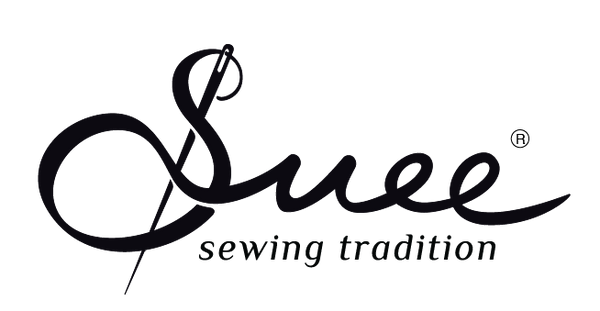Handloom weaving - a traditional method where fabrics are woven manually using a loom operated by hand. This age-old tradition has been passed down through the years,supporting local economies. A craft that is characterised by its delicate craftsmanship and attention to detail. They are also known for minimising environmental impact with their sustainable practices, utilisation of natural fibres and dyes.
Across the globe, many societies, markets, cultures and economies rely heavily on the textile sector. In fact the textile industry has a major range of materials that we use on a daily basis. So it is important to understand that there exists two common ways to produce textiles - 1) on a handloom, 2) a power loom and their differences. Recognizing the distinctions between these two approaches is essential to appreciate the special value that handloom goods provide.In this blog, we'll explore the distinctions between handloom and power loom industries and highlight the benefits of choosing handloom products.
What is Handloom Weaving?
Handloom weaving is a traditional method where fabrics are woven manually using a loom operated by hand. This technique has been passed down through generations and is characterized by its intricate craftsmanship and attention to detail. Each piece produced on a handloom is unique, reflecting the skill and creativity of the artisan.
What is Power Loom Weaving?
Power loom weaving, on the other hand, involves the use of mechanized looms powered by electricity or other energy sources. This method was introduced during the Industrial Revolution and significantly increased the efficiency and volume of fabric production. Power looms can produce textiles much faster than handlooms and are commonly used in mass production.
Key Differences Between Handloom and Power Loom
Production Method
- Handloom: Operated manually by skilled artisans, requiring significant time and effort to produce each piece.
- Power Loom: Mechanized and automated, capable of producing large
quantities of fabric quickly.
Craftsmanship
Fabric Quality
- Handloom: Generally produces softer, more breathable fabrics with a distinct texture and natural feel.
- Power Loom: Fabrics tend to be more uniform and may lack the tactile qualities of handloom textiles.
Environmental Impact
- Handloom: Typically more sustainable, using less energy and often employing eco-friendly practices.
- Power Loom: Requires significant energy, contributing to a larger carbon footprint and environmental impact.
Cultural and Economic Impact
- Handloom: Supports traditional crafts and provides livelihoods for artisans, helping preserve cultural heritage.
- Power Loom: Focuses on industrial growth and mass production, often at the expense of traditional crafts.
Benefits of Using Handloom Products
- Sustainability Handloom products are environmentally friendly as they require minimal energy and water for production. The use of natural dyes and organic fibers further reduces the ecological footprint.
- Unique and High-Quality Each handloom piece is unique, offering exclusive designs that reflect the artisan's craftsmanship. The quality of handloom fabrics is often superior, providing durability and a luxurious feel.- Economic Empowerment Purchasing handloom products directly benefits local weavers and their communities. It provides them with fair wages and helps improve their standard of living.
- Health Benefits Handloom fabrics, particularly those made from natural fibers like cotton and linen, are breathable and gentle on the skin. They are free from harmful chemicals often found in mass-produced textiles, making them healthier for you and your family.
Supporting SUEE’S Mission
At Suee, we are committed to promoting the handloom industry in Kerala and bringing high-quality, authentic handloom products to the global market. By choosing Suee's handloom garments, you are not only investing in beautiful, unique pieces but also supporting a sustainable and ethical fashion movement.
Visit www.sueestore.com to discover our range of handloom products and learn more about our mission.

